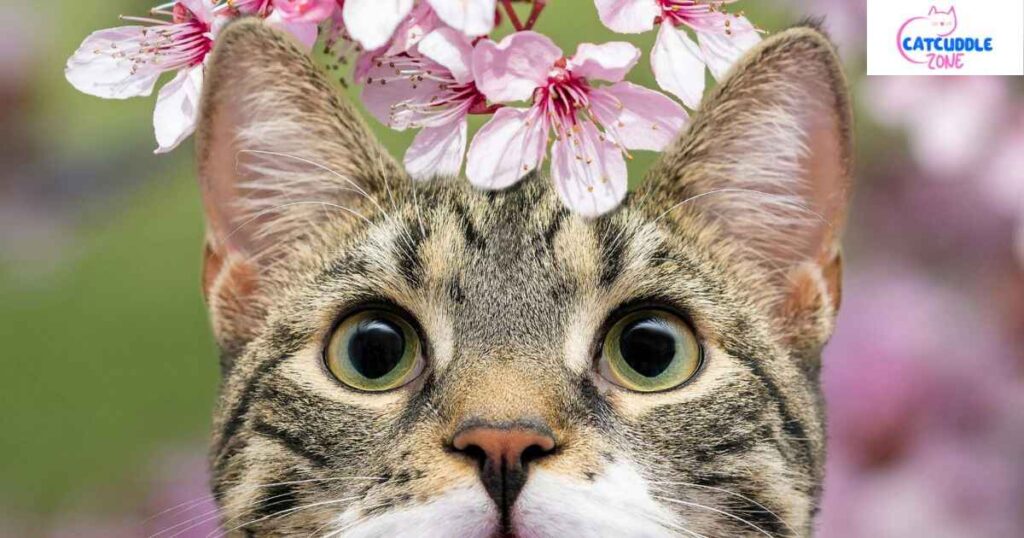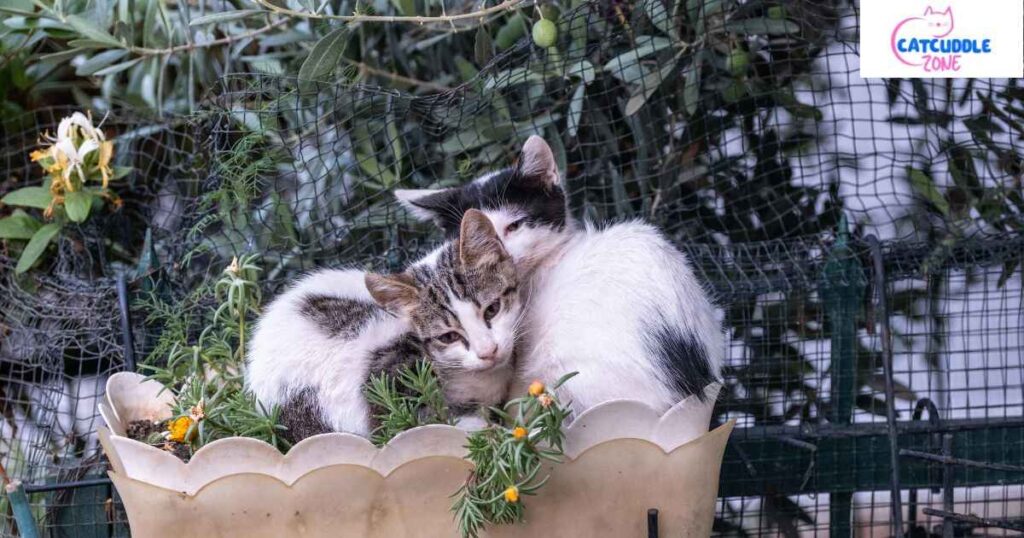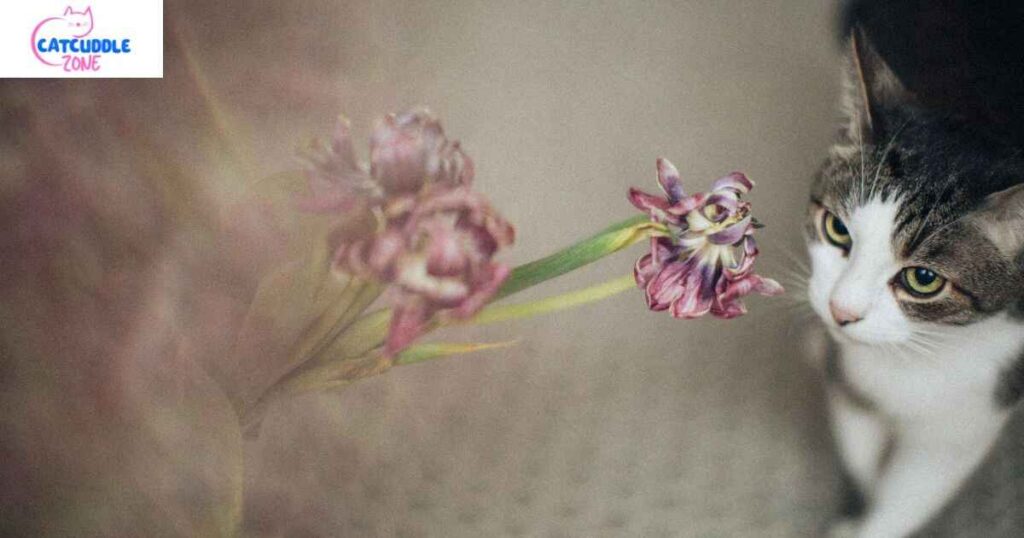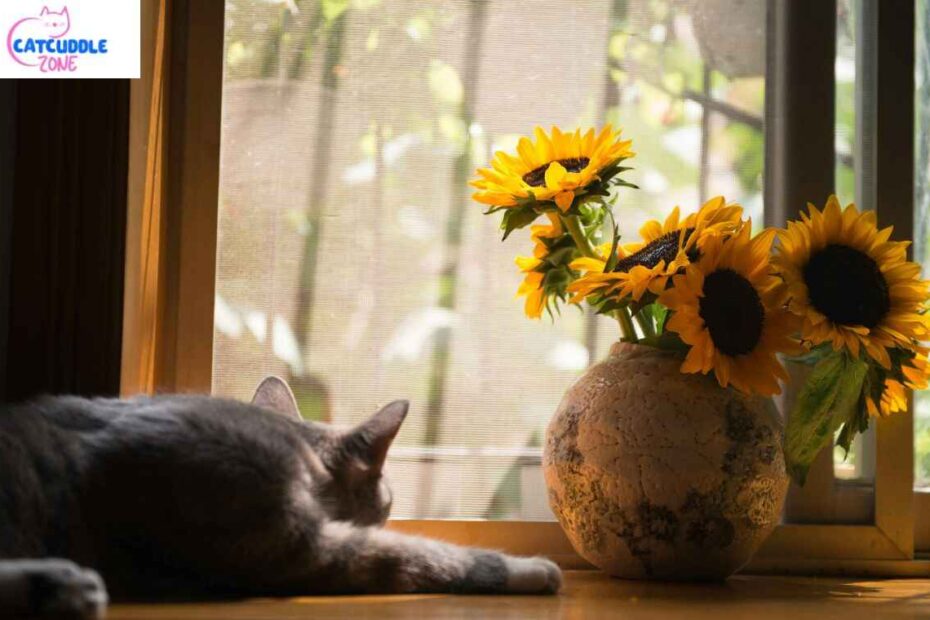Many cat parents wonder, are Alstroemeria toxic to cats? The concern is understandable because these blooms, often called Alstroemeria flowers, look almost identical to true lilies, which are highly poisonous. Known as the Peruvian lily or even the Princess lily, this plant sparks confusion due to its name and appearance. Unlike deadly lilies, Alstroemeria belongs to a different plant family, which makes it far less dangerous, though not entirely risk-free. Some sources, like the ASPCA plant list, describe it as safe, while others label it mildly toxic. In this guide, you’ll learn the facts, risks, and safe flower alternatives every cat owner should know.
What Is the Alstroemeria Flower?
Alstroemeria flower is South American in origin mostly from Chile and Argentina and is a popular garden and decorative plant in the United States. These are durable, colorful and long-lasting flowers that are used in the interior bouquets. They are commonly referred to as Princess lily, Lily of Incas and can be located in shops that carry flowers.
Alstroemeria is a member of another family, as opposed to true lilies. They are similar, but they are not similar in terms of botanical structure. The difference is essential in answering questions like Is Peruvian lily safe for cats? as classification may make a plant really poisonous or otherwise.
Are Alstroemeria Flowers Poisonous to Cats?
The ASPCA plant list did not show Alstroemeria as a highly dangerous plant, however, according to Pet Poison Helpline, they are classified as mildly toxic plants. This is because of a compound known as Tulipalin A toxin that is able to cause dermatitis that is irritant to cats. When a cat chews or rubs on the plant, it can be mildly irritated in the mouth or have an upset stomach.
This implies that they are less fatal lilies to cats than the deadly ones. Nevertheless, owners of pets should not permit free interaction. Ever wondered what to do with Cat ate Alstroemeria flowers? The answer is easy, and the same is to keep a check on the symptoms, and in case they deteriorate, consult the vet on poisonous plants at once.
Alstroemeria vs True Lilies: Key Differences
The controversy of True lilies and Alstroemeria is significant. The liliaceae are very toxic to cats and are true lilies. Cats are poisoned with the lily even when there is minor exposure. Alstroemeria is, however, not a lily, but is classified in a different botanical order.
The difference in their features can be observed. Real lilies have a strong scent whereas Peruvian lilies do not have any scent. The real lilies have longer petals and are larger as compared to Alstroemeria which has shorter petals. Learning to tell the difference between real lilies and Alstroemera can enable the pet parents to make a decision on the plants to have in the house.

Which Lilies Are Highly Toxic to Cats?
If you are asking, What lilies are toxic to cats?, the answer is alarming. The most dangerous include Easter lilies, Tiger lilies, Asiatic lilies, Oriental lilies, and Stargazer lilies. Even a tiny amount of pollen can lead to kidney failure.
The table below highlights the contrast between safe and dangerous lilies:
| Lily Type | Toxicity to Cats | Symptoms |
| Easter Lily | Deadly | Vomiting, kidney failure |
| Tiger Lily | Deadly | Lethargy, organ failure |
| Daylily | Deadly | Severe poisoning |
| Alstroemeria | Mildly toxic plants | Mild irritation, upset stomach |
So if you wonder, Which lilies can kill cats?, the ones above are the real threat, unlike the less toxic lilies for cats such as Alstroemeria.
Symptoms of Alstroemeria Poisoning in Cats
Most cases involve only minor discomfort. Common signs of plant poisoning in cats include drooling, pawing at the mouth, or vomiting. Cats may also show reduced appetite after chewing the leaves.
In rare situations, prolonged contact may cause skin irritation or more persistent stomach upset. Recognizing the symptoms of lily poisoning in cats early helps prevent complications. This is why pet parents must always consider poison control for cats when in doubt.

What to Do if Your Cat Eats Alstroemeria
If you face the panic of Cat ate Alstroemeria flower what to do, start by gently wiping the mouth to remove plant material. Offer fresh water and observe closely for changes in behavior. Most mild cases resolve within a day.
However, if vomiting continues, the safest step is immediate cat exposure to lilies treatment under professional care. Never try home remedies without vet-approved cat safety tips, because wrong actions may worsen the condition.
Are Other Flowers Safer for Cats?
Cat lovers don’t have to give up flowers entirely. Many cat-safe flowers bring beauty without danger. Examples include orchids, roses, sunflowers, zinnias, and violets. So if you wonder, Are orchids safe for cats?, the answer is yes, making them a perfect addition.
Conversely, a number of cat toxic flowers should be avoided such as tulips, daffodils and azaleas. The use of cat-friendly flowers will make sure that it is not only pretty but also safe. A moderate solution will ensure that the owners have fun doing their gardening without subjecting the pets to danger.
How Vets Diagnose & Treat Plant Poisoning
In cases of suspected poisoning, the first step by the vets is to inquire about exposure to plants and symptoms. Blood tests and urine checks confirm the health of organs. This is necessary in ensuring that cats are healthy and safe.
This can be treated with IV fluids, anti-nausea drugs, or even apply ointments, in the case of skin irritation. The cost is different, however, in the U.S. an emergency visit due to taking plants can be costly, between 200 and 500 dollars. It is always expensive, but the emergency treatment of plant poisoning is cheaper than losing life.

Preventing Flower-Related Poisoning in Cats
Prevention is the simplest methodology of how to keep cats off toxic plants. Flowers should be kept out of reach, deterrent sprays used, or safe options used to decorate. Spider plants and cat grass are good examples of house plants that are not dangerous to pets.
Outdoor safety also matters. Cats are kept safe through practicing cat-friendly gardening, which uses safe fences and plants that are not toxic. Prevention brings peace of mind and eliminates the concern of unexpected surprises.
When to Contact a Vet Immediately
There are just some cases that require immediate attention. When your cat continues to vomit, is too lazy to eat, or chews and then refuses to eat flowers, call a vet immediately. These are severe indications of cat plant poisoning that can no longer be overlooked.
In case you are not able to get to a clinic within a short period of time, use an online veterinary consultation and get immediate advice. A lot of services offer you the cheapest poison control of cats and refer to the subsequent safe step.
Are Alstroemeria Safe Around Cats?
Therefore, Can cats eat Peruvian lilies? The solution is not so simple. Though it is claimed that Alstroemeria flowers are less toxic lilies to cats, they may also lead to mild irritation because of the Tulipalin A toxin. They are not as fatal as real lilies, but they are not entirely harmless either.
Being a cat owner, it is better to keep safe flowers that cats can be around. Select non-toxic cat flowers like orchids, roses or zinnias. Finally, the most effective defenses to cat health and safety in any home are its awareness, prevention, and fast response.
FAQS
Is Alstroemeria more toxic than lilies?
No, Alstroemeria is only mildly irritating, while true lilies can be deadly for cats.
Which flowers are toxic to cats?
Lilies, tulips, daffodils, azaleas, and chrysanthemums are among the most poisonous flowers for cats.
Do cats know not to eat toxic flowers?
Not always—cats often chew plants out of curiosity, so owners must keep dangerous ones away.
Are iris flowers safe for cats?
No, iris flowers are toxic and can cause vomiting, drooling, and diarrhea in cats.
Are purple iris flowers poisonous?
Yes, all iris varieties, including purple iris, are poisonous to cats if ingested.
